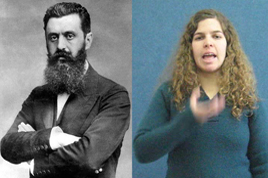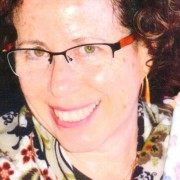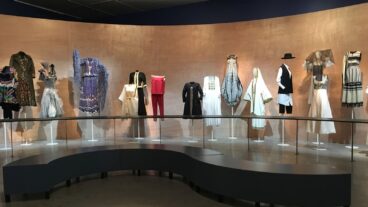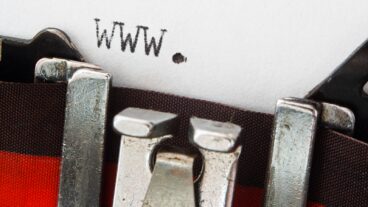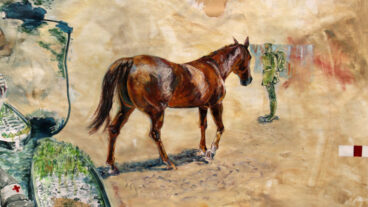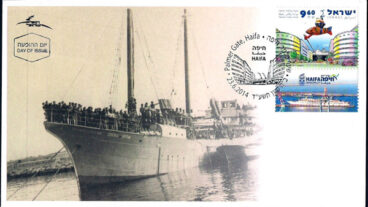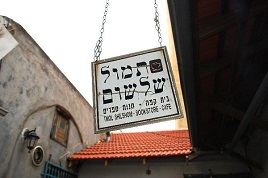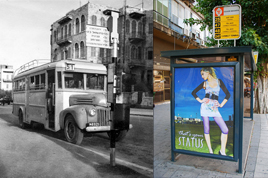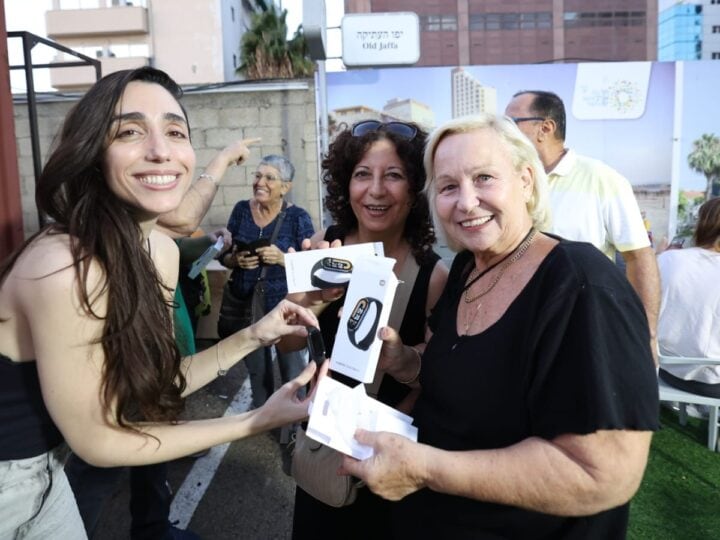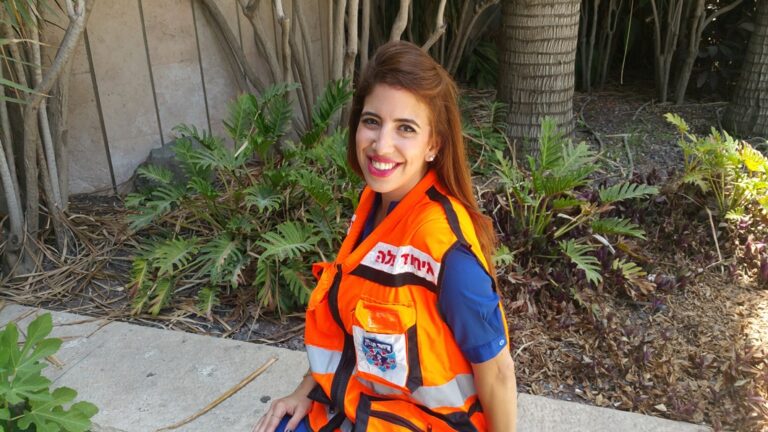In a country populated by noisy people, Israel’s deaf and hard of hearing have had to figure out modes of communication to make themselves heard. As in other countries, there is a local language, Israel Sign Language (ISL) whose history runs in parallel to that of the modern State.
According to Wikipedia, “The history of ISL goes back to 1873 in Germany, where Marcus Reich, a German Jew, opened a special school for Jewish deaf children. At the time, it was considered one of the best of its kind, which made it a lodestone to Jewish deaf children from all over the world, as well as non-Jews.
“In 1932 several teachers from this school opened the first school for Jewish deaf children in Jerusalem. The sign language used in the Jerusalemite school was influenced by the German Sign Language (DGS), but other sign languages or signing systems brought by immigrants also contributed to the emerging language, which started out as a pidgin. A local creole gradually emerged, which became ISL.”
The school in Jerusalem — part of the French-Jewish Alliance school system — still exists today as the Hattie Friedland School for the Hearing Impaired, serving Israeli, Palestinian, Arabic and Christian students with multiple disabilities.
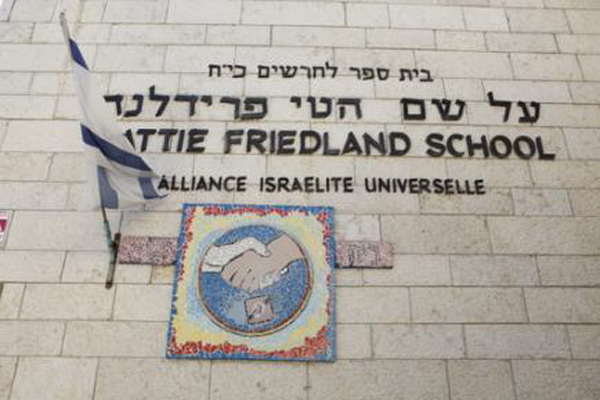 “ISL still shares many features and vocabulary items with DGS, although it is too far apart today to be considered a dialect of the latter.”
“ISL still shares many features and vocabulary items with DGS, although it is too far apart today to be considered a dialect of the latter.”
“During the 1940s ISL became the language of a well established community of Jewish deaf people in Jerusalem and Tel Aviv. Today ISL is the most used and taught sign language in Israel, and serves as the main mode of communication for most deaf people in Israel, including Jewish, Muslim and Christian Arabs, Druze, and Bedouins. Some Arab, Druze, and Bedouin towns and villages have sign languages of their own.”
“In addition to ISL, there is also Hebrew manually coded language used as a tool to teaching deaf children the Hebrew language, and for communication between deaf and hearing people.”
The Association for the Deaf in Israel estimates that there are 10,000 individuals whose primary mode of communication is ISL, as well as an additional 100,000 persons who are hard of hearing.
A great place to get a crash course in ISL is the Nalagaat Center at the newly renovated Old Jaffa port. The Center is run by a non-profit organization and comprises a theater and deaf-blind acting ensemble; Café Kapish with a staff of deaf waiters; and the BlackOut restaurant, a sensory culinary experience where food is served in total darkness by blind waiters.
Nalagaat’s staff present ISL with humor starting with the fact that many of Israeli signs take inspiration from Jewish tradition and history. The sign for “Jerusalem“, for example, refers to kissing the Western Wall. “Theodor Herzl” and the city named for him, “Herzliya“, involves stroking a long beard, “Chaim Weizmann” a short goatee. “Ben Gurion” – bristly hair.
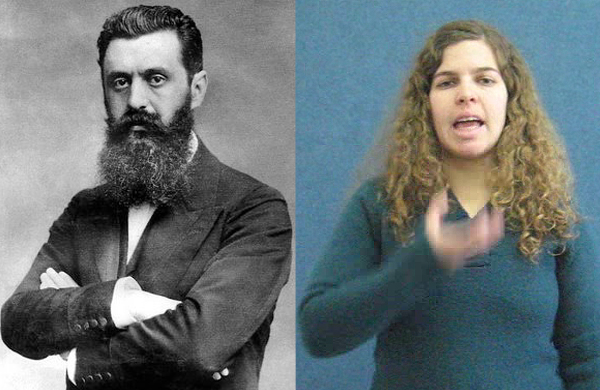
- Images: (L) Wikipedia, (R) SignPedia.org
Ethnic characterizations from decades ago live on in ISL: twisting sidelocks is the sign for “Yemenite“, a two-handed pantomime of a winged cap means “Dutch“, “Spaniards” shake castanets while Indians are indicated with an index finger pointed straight at the forehead. Yes, it’s still a small world after all.
The bible figures prominently in place names like “Ashkelon“, where Samson toppled the supporting pillars of the Philistine Temple of Dagon. (Interestingly, the ISL sign for a modern-day strongman, “Ariel Sharon“, is remarkably similar). “Ashdod” signifies a port, “Eilat” at the country’s southern tip, is a V-like motion, “Tel Aviv” intelligentsia get a wink while “Acre“, home to the Fligelman (Mazra) Psychiatric Hospital… well… you can just imagine.
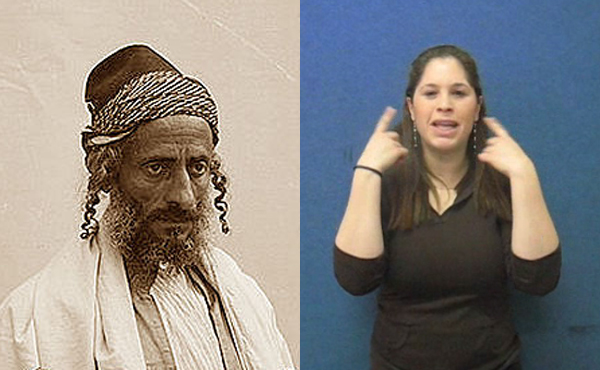
- Images: (L) Wikipedia, (R) SignPedia.org
Israelis love their slang and their pop culture, and Nalagaat’s staff happily present the vernacular in ISL: “sababa” (everything’s cool), “ha-kol be-seder” (everythings alright), “ben-zona” (loosely translated: son of a bitch). There are also signs for Angelina Jolie (two horizontal fingers at the mouth indicating full pouty lips) and Madonna (two hands with fingertips pulling outwards and imitating the shape of a pointy cone bra).
Clearly, this ain’t your grandpa’s ISL. On that count, research into the historical development of ISL from its earliest days to the present is being conducted at the Sign Language Research Lab of the University of Haifa. The project is investigating the language of four generations of signers to examine its formation and change.
Sela – The Institute for the Advancement of Deaf Persons in Israel initiates, develops and implements empowerment programs. It also markets Signs of Judaism, an bi-lingual, Hebrew/English ISL dictionary and DVD of vocabulary specific to Jewish holidays, religious observances, and Torah content.
Hebrew sign language videos can be found at SignPedia, an online ISL lexicon.
To learn more about the Nalagaat Center, ticket information, restaurant reservations, educational programs or to find out if one of their shows is coming to a theater near you – visit their website at Nalagaat.org.il.
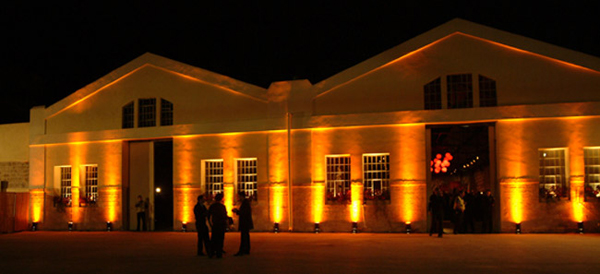
- The Nalagaat Center at the Old Jaffa Port




